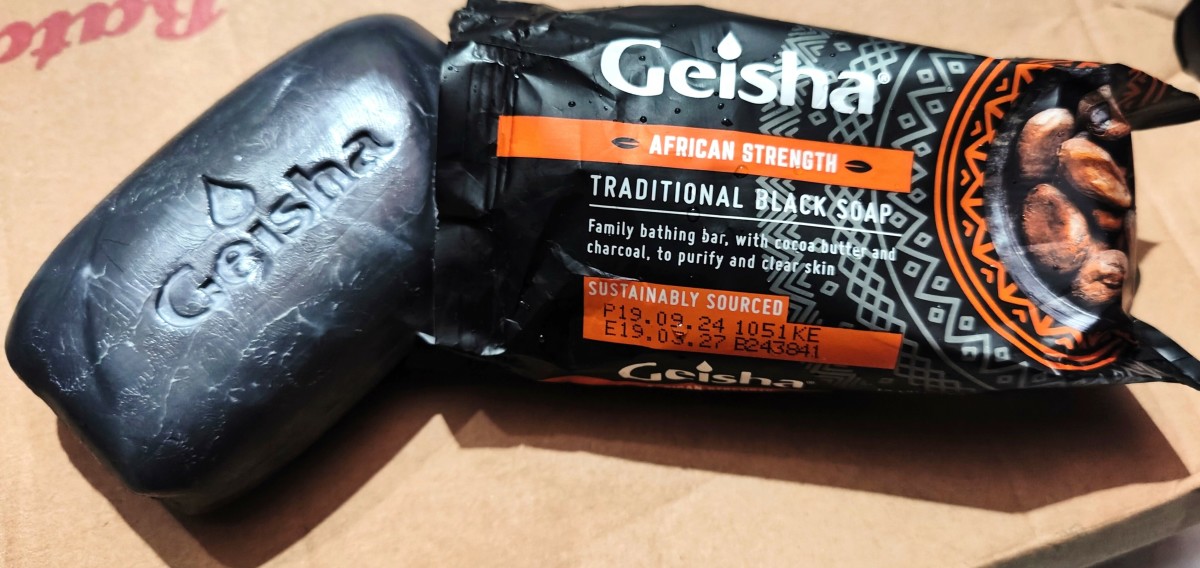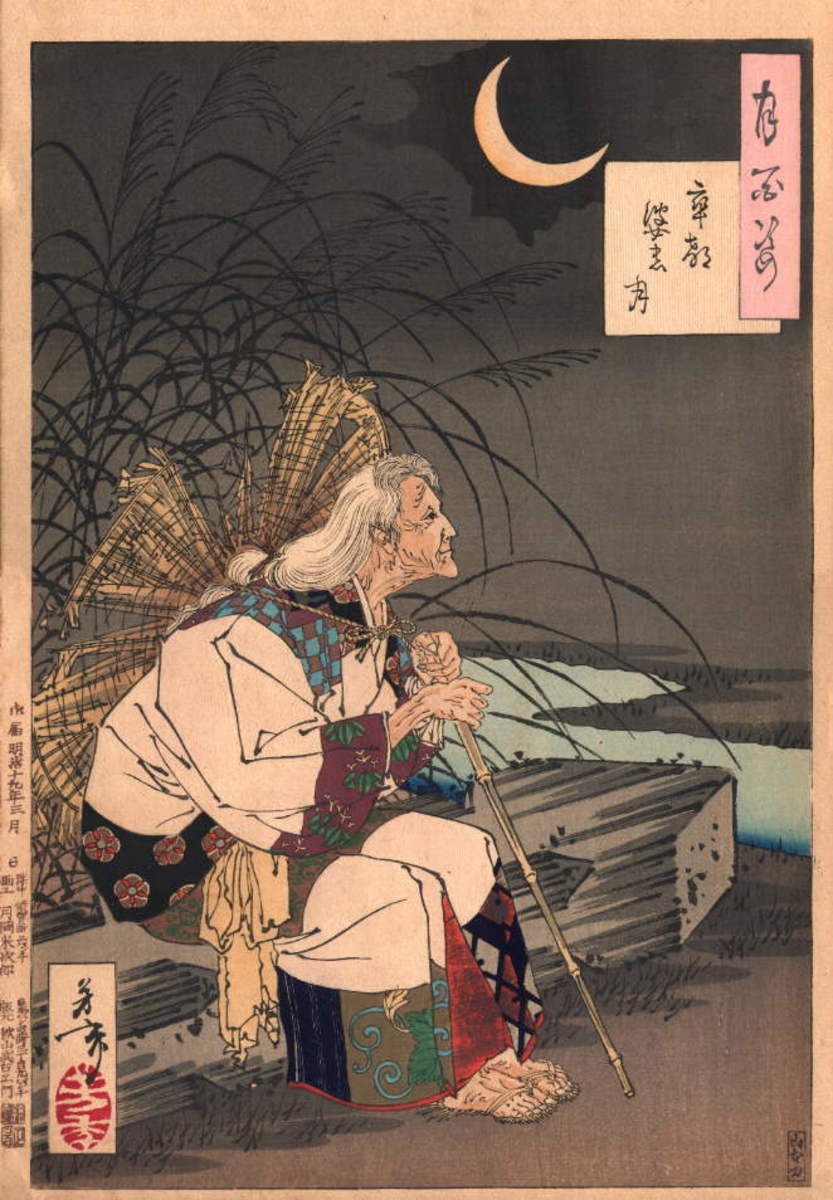- HubPages»
- Education and Science»
- History & Archaeology»
- History of Asia
Tarnished Image of the Geisha



Contrary to popular belief, female Geisha, or Geiko as they were sometimes referred to, were not prostitutes. In fact, the first Geisha, which appeared in the early 1600s, were men! Male Geisha on the other hand, entertained as jesters and did provide other discreet services. Although a common practice, it was still frowned upon by many in society.
The traditional, female Japanese entertainers came into existence around the mid 1700s. It is said some customers frequenting a brothel were surprised when a female drum bearer entered. They referred to her as a “Geiko,” a term still used in Kyoto.
To make a long story short, by 1780 female Geisha outnumbered their men counterparts and by 1800, a Geisha was known as a woman, whose skills included performing arts such as classical dance, playing traditional Japanese musical instruments and singing.
At that time, prostitution was being controlled and in 1779 Geisha were recognized as not being in the same class as the world’s oldest profession, rather they had a distinct honorable profession.

In the 1800s the Geisha didn’t attire themselves in ostentatious kimonos or flashy jeweled combs and pins in their hair. They dressed simply and modestly, but with one big difference. Their obi was worn in the back, whereas a prostitute had theirs in the front. The reason being, tying one in the back required assistance and since the working girl was repeatedly in and out of her kimono, being in the front made it much easier to conduct business.
However, World War II had a great impact on the Geisha image. Even before Japan’s defeat, the war was having its effect on geisha districts. The hours they could work was severely limited by the government, as were the prostitutes. But, even that changed on March 5, 1944. The Geisha districts were closed down completely.
Japan was now occupied by the Americans. Soon after the surrender the Japanese government set aside a number of pleasure quarters for the occupation forces. However, these were soon filled with Japanese customers and American troops moved on to street girls. The problem was, young GI’s didn’t know the difference between the two and mistakenly mistook them for Geisha. These “Geisha” didn’t have the cultural knowledge or the brains of the real Geisha. When the servicemen returned to the States, the term followed them. Thus, their image in the West was forever tarnished. The term “Geisha girl” became a buzz word for prostitute.
Today, many consider Kyoto to be where the Geisha tradition remains strongest. Geisha still reside in traditional houses called okiya, particularly during training. These are generally located in areas called hanamachi, meaning “flower towns,” However, once they become successful they often move out to private residences.
The sophisticated high culture world of the Geisha is commonly called karyukai, which translates into “the flower and willow world.” Young women who choose this as a profession usually begin training after junior high school, but some wait until after completing college. The reason being, there is much to learn about being a Geisha.
They must become proficient with traditional Japanese musical instruments like the shamisen, bamboo flute called a shakuhachi and drums. They also learn traditional music, dance, literature and the sacred tea ceremony. In addition, apprentices have to become skilled in traditions surrounding the selection and proper way to wear Kimonos.
In modern Japan, Geisha are a rare sight outside of certain areas. In the 1920s it was estimated to be about there were over 80,000 Geisha in Japan. Today the number is far less.. The exact number is unknown, but is thought to be under 2,000.








